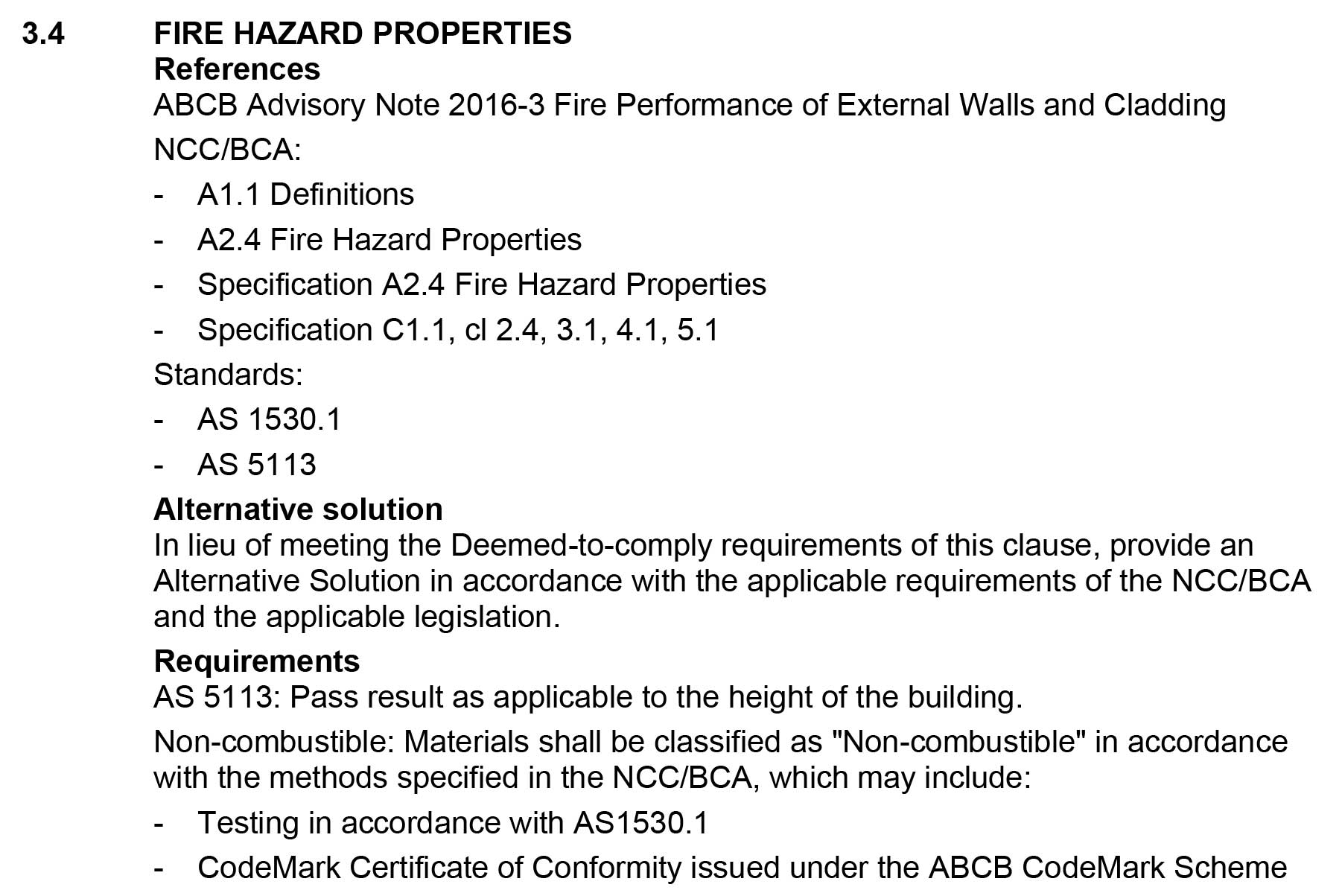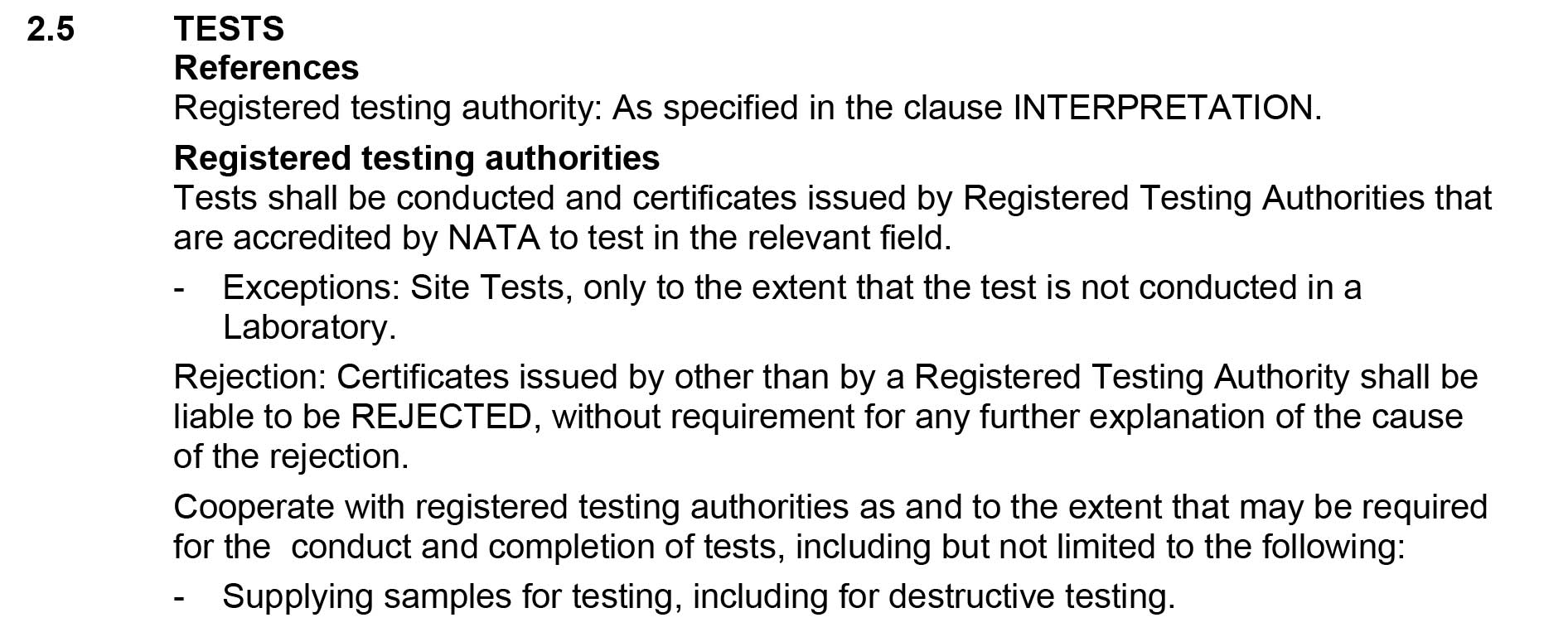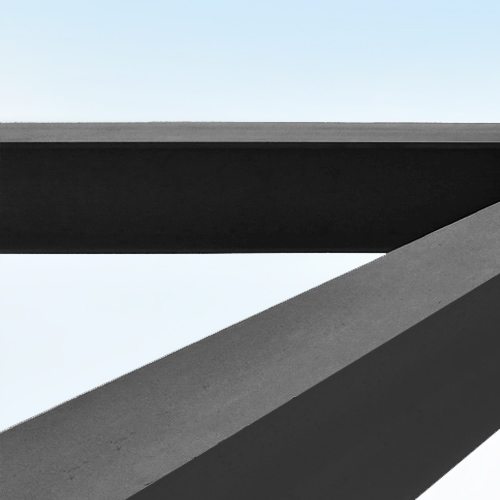Grenfell Tower: What is Happening?
The Grenfell Tower fire in London is the most spectacular and highest profile of a series of high rise cladding fires in recent years. In Australia, the 2015 cladding fire at the Lacrosse Tower at Docklands, Melbourne is the most prominent. Youtube videos can also be found of several similar cladding fires on high rise buildings in the Dubai.
The first thing to be said is that in the Grenfell case, the high loss of life may be as much or more attributable to the “stay and wait” policy, lack of sprinklers and apparent lack of smoke isolated egress provision. In Australia, in similar circumstances the usual response would be for occupants to evacuate through a choice of fire and smoke isolated stairs and the sprinklers would be deployed. Nevertheless, stay and wait policy and single fire stair configurations have been adopted with “fire engineering” in some buildings locally.
Hobbs + Associates have researched the cladding product offered by the main suppliers that are established in Australia and are aware of the fire safety requirements for cladding to high rise buildings. In an early round of these investigations conducted in 2015, we found that one of the established local manufacturers had inadvertently let the currency of their CSIRO Test Certificate and Opinion lapse and were found thus to not having any complying product for use in cladding.

For your protection, Hobbs + Associates specifications include several unique clauses including provisions for:
- Requirement for “CodeMark Certificate of Conformity”;
- Test certificates not from NATA registered laboratories are subject to rejection;
- Onus to demonstrate and document compliance of proposed substitutions is on the contractor not on the architect.
Our response focuses on the application of this issue for Australia – where in the main the fire safety features of the Building Code have for several decades been much more stringent than those applying in the UK. Nevertheless, quite a few buildings constructed in recent years in Australia have been found to be fitted with non-complying combustible cladding panels.
It is sometimes asked as to why such combustible cladding panel products are not just “banned” and “kept out of the country altogether”. However, the combustibility requirements – limitations – that apply to panel materials differ under the Building Code depending on where in the building they are installed. Panels that don’t meet the combustibility requirements for cladding may be permitted for other surfaces and locations in a building.
Manufacturers of “non-combustible” panels also make panels of lesser performance and hence the architect and specifier and installer need to specify and install the correct – complying – product. In the case of Grenfell, it is reported that the manufacturer advised that the installed product was not suitable for cladding applications!

As the local construction industry has moved increasingly to various forms of novated Design and Construct product delivery, control of or even inspection of cladding panel product for compliance has been removed from the realm and scope of the architect’s engagement. The conditions contributing to the use of non-complying – combustible – panel product have arisen with the increase in the practice of substitution during the construction stage.

